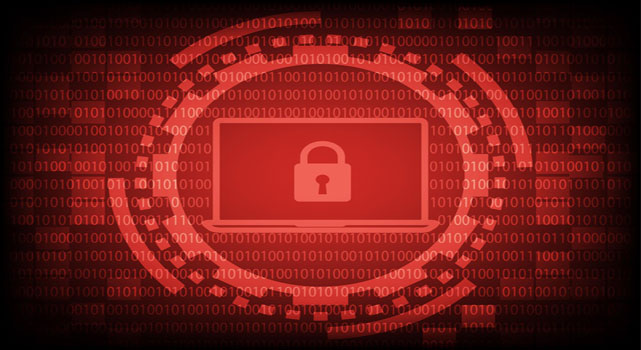silversurfer
Level 85
Thread author
Verified
Honorary Member
Top Poster
Content Creator
Malware Hunter
Well-known
- Aug 17, 2014
- 10,147
Malicious actors have been spotted using an especially sneaky fileless malware technique — reflective dynamic-link library (DLL) injection — to infect victims with Netwalker ransomware in hopes of making the attacks untraceable while frustrating security analysts.
In a company blog post on Monday, Trend Micro threat analyst Karen Victor writes that instead of compiling the malware and storing it into the disk, the adversaries are writing it in PowerShell and executing it directly into memory.
“This technique is stealthier than regular DLL injection because aside from not needing the actual DLL file on disk, it also does not need any windows loader for it to be injected. This eliminates the need for registering the DLL as a loaded module of a process, and allowing evasion from DLL load monitoring tools,” the Trend Micro blog post explains.
“Ransomware in itself poses a formidable threat for organizations. As a fileless threat, the risk is increased as it can more effectively evade detection and maintain persistence,” the blog post continues. “These types of attacks can affect victims tremendously, and they can be painstakingly difficult to recover from.”

Reflective Loading Runs Netwalker Fileless Ransomware
Ransomware in itself poses a formidable threat for organizations. As a fileless threat, the risk is increased as it can more effectively evade detection. We discuss how Netwalker ransomware is deployed filelessly through reflective DLL injection.
